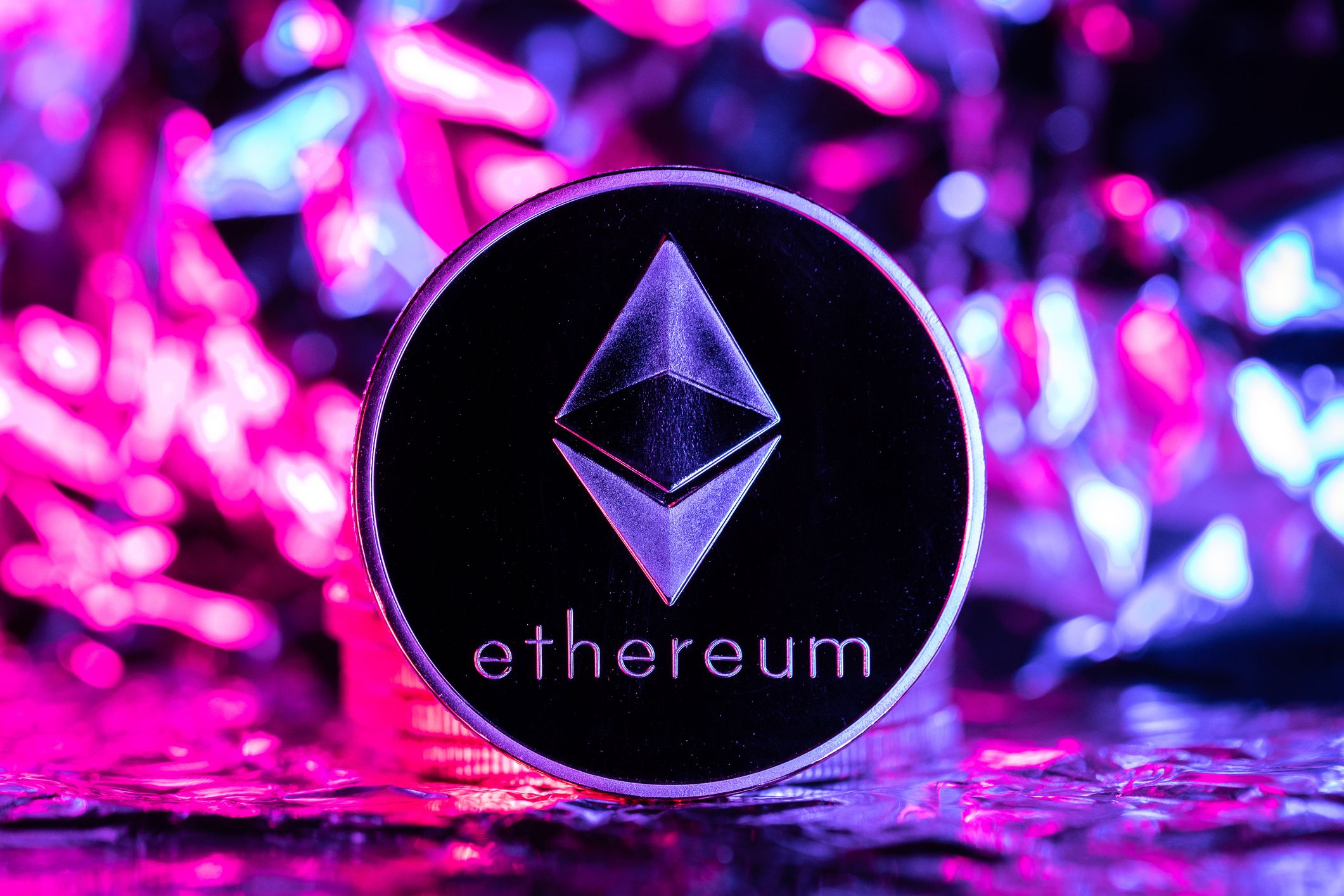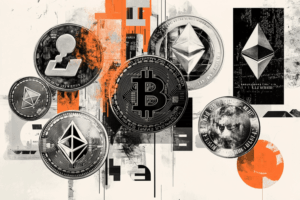Why Major DApps Are Missing on Ethereum: Insights and Implications

Celebrating a Decade of ethereum: A Look Back at the Journey and Future of Web3
On July 30, 2025, the blockchain community will mark ten years since ethereum made its debut on the mainnet, a significant milestone in the evolution of digital technology.
When ethereum launched as the first platform for smart contracts, it introduced a revolutionary concept that transformed the way software could be perceived. Users were no longer at the mercy of centralized platforms that could alter terms or deny access at will. Instead, they could engage in decentralized systems governed by immutable code, where ownership and control were distributed among participants. This vision painted a picture of a more equitable digital landscape.
However, as we approach the ten-year anniversary of ethereum, the anticipated emergence of a decentralized version of major platforms like Amazon, eBay, and Facebook remains elusive.
Gavin Wood, one of ethereum‘s co-founders, envisioned a future where “Web3” would redefine online interactions. Joe Lubin, founder of Consensys, expressed that ethereum would significantly impact our communication and information systems.
In the early days, journalist Jim Epstein predicted that services akin to those provided by giants like Facebook and Google would eventually be delivered by decentralized networks. Vitalik Buterin, ethereum‘s creator, shared his ambitious vision for the platform, suggesting it could revolutionize various sectors, including law, cloud storage, and even artificial intelligence, as he humorously referenced Skynet from the Terminator series.
The Challenge of Scaling
Achieving this ambitious vision hinges on overcoming significant scalability issues. Today’s most popular consumer applications cater to hundreds of millions of users. For instance, Instagram sees over a billion photo uploads daily, while eBay processes transactions worth approximately $17 billion each quarter. In stark contrast, ethereum manages around 14 transactions per second, with Solana achieving over 1,000.
To illustrate, consider a decentralized version of eBay. Such a platform would require more than just payment processing. Every action, from creating listings to updating item details, would necessitate on-chain transactions. Auctions would demand automated bidding mechanisms through smart contracts, and funds would need to be securely held until delivery confirmation, with decentralized governance for dispute resolution.
Reputation systems would require unalterable ratings linked to wallet addresses, and inventory management would need real-time tracking, potentially through tokenized assets. Shipping confirmations would involve oracles for proof of delivery, while marketplace fees and taxes would need to be enforced via smart contracts. Each of these interactions would exponentially increase the transaction load, far exceeding the capabilities of current blockchain infrastructure.
It is evident that a blockchain with unprecedented speed and capacity is essential, yet a decade after ethereum‘s inception, the necessary infrastructure remains lacking.
Economic Viability Concerns
The economic model for decentralized applications has also faced challenges. Modern platforms require substantial user bases to generate sufficient revenue to cover development costs. Additionally, layer 2 solutions often lead to user fragmentation, where, for example, users on Arbitrum cannot seamlessly interact with those on Polygon, undermining the goal of a cohesive global computing environment.
This is not merely theoretical; OpenSea, despite being a leader in NFT trading, has struggled to achieve profitability, even with high-value transactions. If a marketplace cannot thrive by selling digital art to crypto enthusiasts willing to pay high fees, how can it succeed in facilitating transactions for everyday goods? The situation is even more dire for lower-value transactions that are crucial for mainstream commerce. A decentralized social platform charging users for posts would likely fail to gain traction.
Gaming applications that impose transaction fees on item trades face stiff competition from traditional platforms that offer free alternatives. Thus far, the only sustainable on-chain ventures have been those that can extract significant value from a limited user base, primarily in high-stakes finance and speculative trading.
The Future of Blockchain Technology
The industry has long accepted a false dichotomy: security and decentralization versus functionality and scalability. However, advancements in technology are steadily increasing transaction throughput across various networks. It is now possible to achieve significant scale even with proof-of-work systems while maintaining the security and decentralization that are the hallmarks of blockchain technology.
Innovations like zero-knowledge proofs enable users to validate transactions locally, submitting only compact cryptographic proofs that can be processed in parallel by a network of validators. This allows networks to handle millions of transactions without requiring every node to verify each one individually. As users validate their own transactions, the marginal cost of adding new transactions approaches zero, paving the way for the economic models that mainstream applications need.
Yet, as we reflect on the past decade, it is clear that the aspirations set forth by the pioneers of Web3 have progressed at a slower pace than anticipated. As we look ahead, there is hope that the next ten years will bring faster advancements and improved blockchain capabilities.







